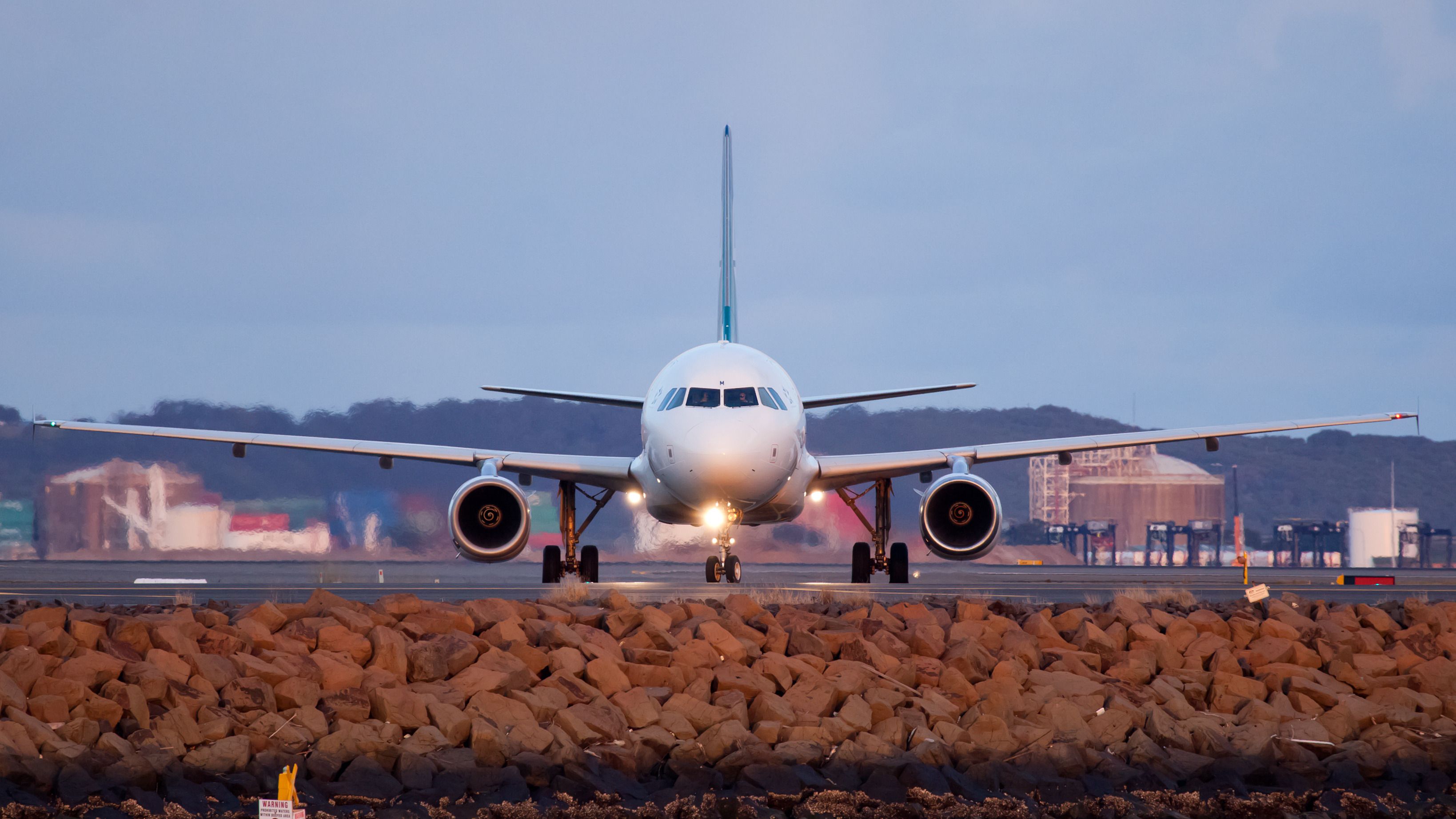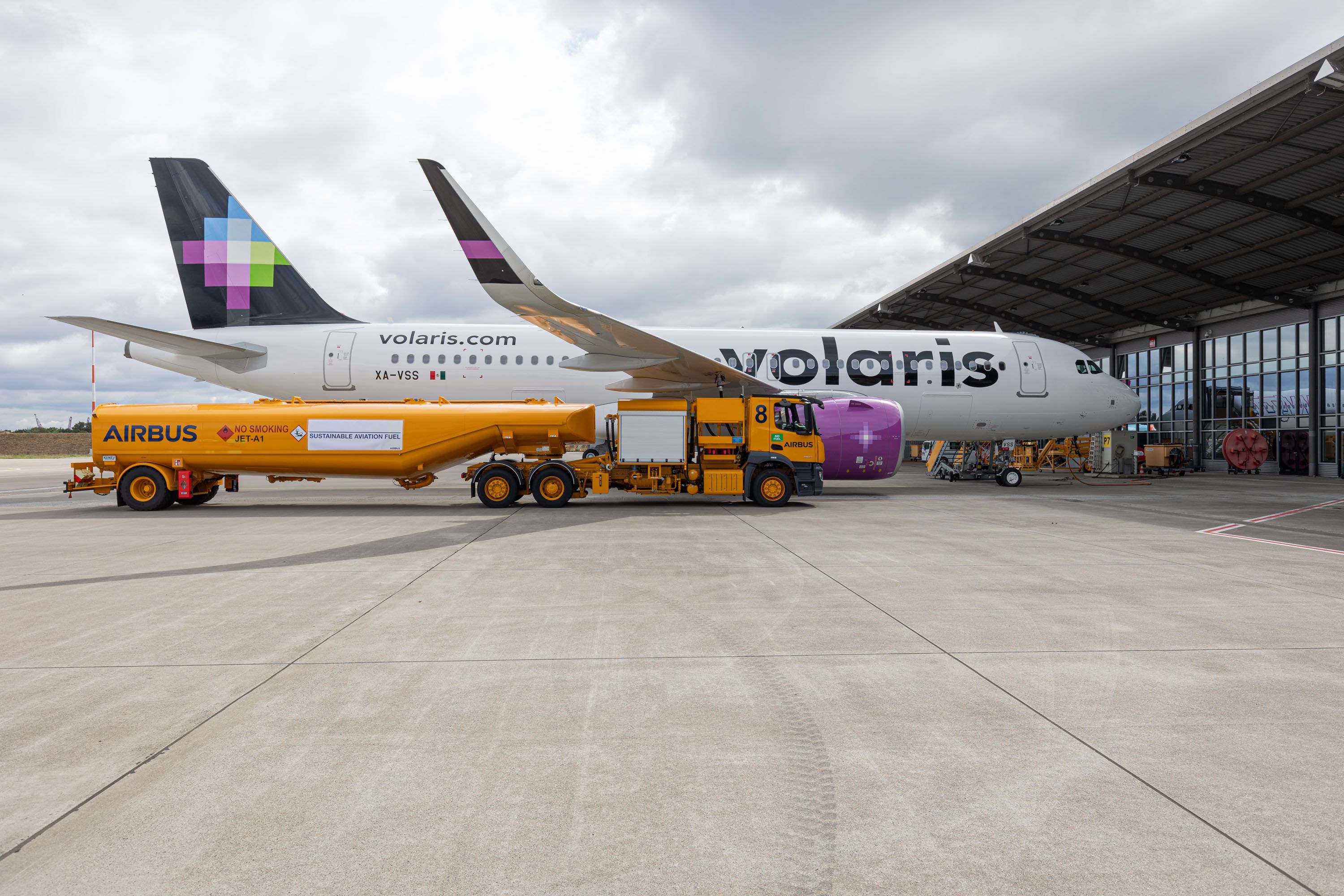Summary
- Aviation contributes 3.5% to climate change, but firms are exploring turning carbon dioxide into jet fuel to meet net-zero targets.
- The TAKE-OFF project and companies like SkyNRG and FEV are researching the conversion of CO2 and H2 to sustainable aviation fuel (SAF).
- While there is skepticism from environmental campaigners, the aviation industry recognizes SAF as the most effective measure to reduce emissions.
According to studies, aviation is responsible for 3.5% of climate change, with two-thirds of this impact attributed to contrails, NOx, water vapor, sulfate aerosol gases, soot, and other aerosols. The remainder is due to cumulative heat-trapping effects of long-lived CO2 emissions, according to an article published in September 2023 by the Office of Oceanic and Atmospheric Research, better known as NOAA Research. Nonetheless, some firms are looking to use carbon dioxide and turn it into jet fuel. If this were to take place, it would be a great push for the industry to meet its net-zero targets.
How does it work?
Wouldn’t it be a game changer if the industry could turn carbon dioxide into jet fuel? Many experts and private firms believe so and are actively considering this option. Take, for instance, the TAKE-OFF project coordinated by TNO and promoted by the European Commission through the Community Research and Development Information Service (CORDIS).
According to CORDIS’ website,
“TAKE-OFF is an industrially driven project that will be a game changer in the cost-effective production of sustainable aviation fuel (SAF) from CO2 and hydrogen.”
This technology is based on converting CO2 and H2 to SAF via ethylene as an intermediate. Other firms such as SkyNRG (a SAF developer) and FEV (power systems) are looking to team up on this research “to deliver a highly innovative process which produces SAF at lower costs, higher energy efficiency and higher carbon efficiency to the crude jet fuel” currently used as a benchmark.
Other options
TNO and SkyNRG are just some of the firms looking at this option. Twelve, a company based in Moses Lake, Washington, announced in July 2023 that it had broken ground on its commercial-scale E-Jet fuel production facility. According to Twelve, E-Jet fuel is SAF produced using the carbon transformation technology from the firm, using only renewable energy and water to transform CO2 into critical chemicals, materials, and fuel conventionally made from fossil fuels.
This power-to-liquid SAF with up to 90% lower lifecycle greenhouse gas emissions meets applicable international specifications and works seamlessly with existing aircraft and airport infrastructure. Nicholas Flanders, Twelve co-founder and Chief Executive Officer (CEO), said in a statement,
“Twelve uses carbon transformation to address hard-to-abate emissions across a variety of industries and to enable a world made from air, not oil. Our commercial-scale production of E-Jet fuel will allow the aviation sector to achieve fossil-free flights for the long-haul.”
Twelve has first customers such as Alaska Airlines, Microsoft, and Shopify.
There is some skepticism
While the prospect of recycling emissions to create jet fuel sounds exciting, some environmental campaigners, such as Friends of the Earth, remain skeptical. They argue that even though emissions are recycled, the amount of energy produced is minimal.
"It sure does sound amazing. It sounds like a solution to all of our problems - except that it's not," Jorien de Lege from Friends of the Earth told the BBC.
"If you think about it, this demonstration plant can produce a thousand liters a day based on renewable energy. That's about five minutes of flying in a Boeing 747. It'd be a mistake to think that we can keep flying the way that we do because we can fly on air. That's never going to happen. It's always going to be a niche.”
While new technologies are still in their incubation stages, de Lege claims that the best way to tackle emissions is to cut back on flying. With a reluctance to cut back on operations, airlines have implemented various techniques to reduce their carbon footprint.
Ultimately, SAF production globally is not enough to cater to fuel demand by the airline industry. As a whole, the industry is worried it will be unable to meet current climate targets, including a net-zero emissions industry by 2050. Maarten van Dijk, Chief Development Officer of SkyNRG, said,
“SAF is increasingly accepted as the most effective measure to significantly reduce aviation emissions. With key policies in place or underway, the industry now needs solid partnerships to deliver on the momentum we see today and realize the dramatic increase in production capacity needed to reach net zero.”
What do you think about capturing and using carbon dioxide to develop jet fuel? Let us know in the comments below.
Source: BBC, Axios, Canary Media



